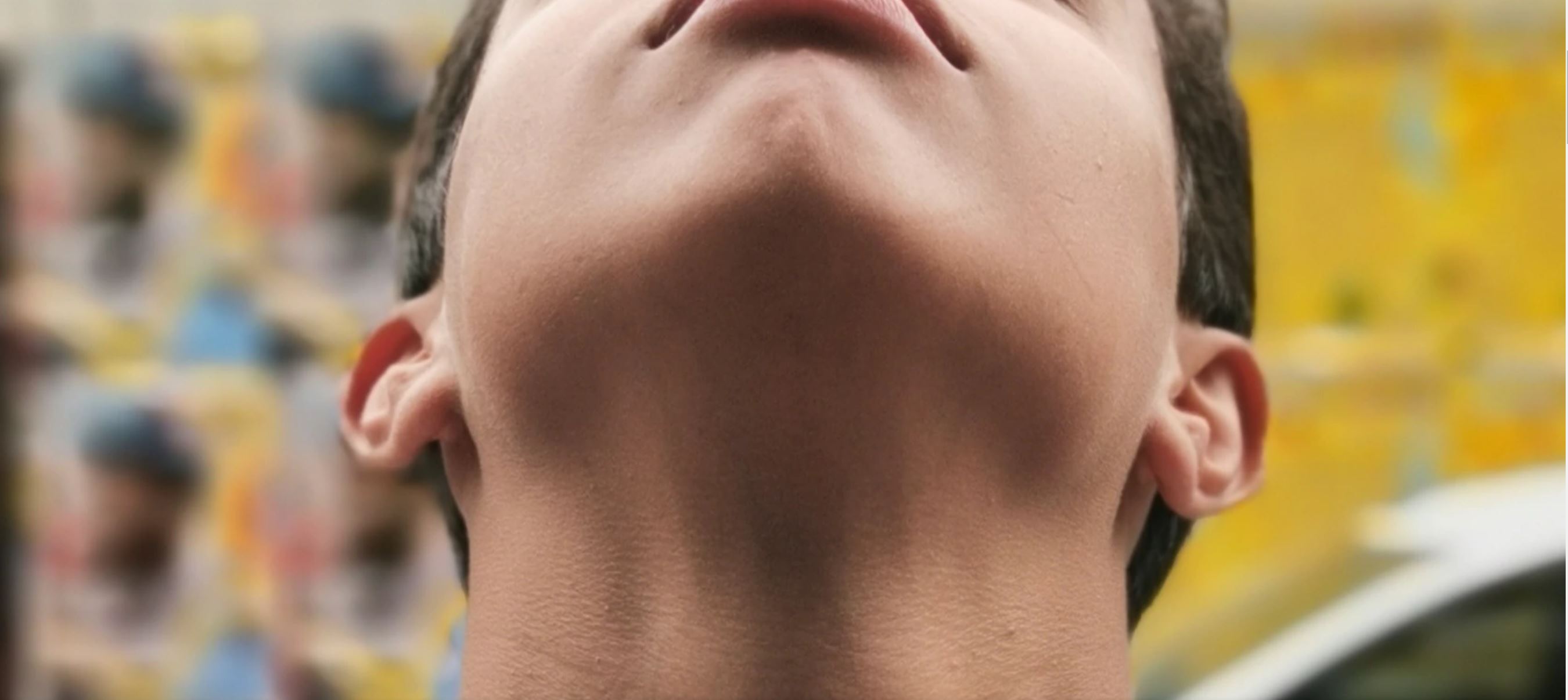A few months ago I wrote an article about why issues with the sphenobasalar junction (SBJ for short) can affect us in a variety of ways. From my recent studies on biodynamic craniosacral therapy, I now have a more complete picture of how this can happen – and it’s all based around the dynamic of the SBJ and the face! In biodynamic craniosacral therapy, many people seem to think that all we work with is the cranium (i.e. the skull) and the sacrum. But it’s important to actually have a wider view at the human body, to understand that even the cranium connects to various other structures (like the facial bones and muscles) and that in term has a cascading effect down the rest of the body.
Continue ReadingCategory: biodynamiccraniosacraltherapy
The little known hyoid bone and how it can really affect your physical well-being
I’m a firm believer that every single thing in our body has a purpose. If it didn’t, it wouldn’t be there. We as human beings are amazing – our body has been designed so perfectly, it’s hard to understand why there would be something “redundant” in our system (because if it was, we wouldn’t have it would we).
Continue ReadingThe interconnectedness of the physical body to the emotional and mental bodies
Over the last month, I’ve been revisiting some anatomy as part of my biodynamic craniosacral therapy studies. In particular, I wanted to revisit the spheno-basalar junction (SBJ for short), which is the area where the sphenoid bone (this is a bone inside your head which you can’t really touch except for the sides of the greater wings which are pretty much where your temples are) and the occipital bone (the bone at the base of your skull), meet. Here’s a picture of it circled in red for you below (the view is from the top of your head looking down). The sphenoid bone is the top half and the occiput bone is the bottom part highlighted in green.
Continue ReadingWhy your organs play a more important role in your life than you realise
When it comes to our physical healing and health, many of us tend to focus on the obvious parts of the body like the muscles, ligaments and bones. We go to a chiropractor or osteopath to get a physical adjustment. If we have sore and aching muscles, we’d hit up our massage therapist or myotherapist. If we are trying to recover from injury, we tend to go and see a physiotherapist. Most of us wouldn’t even think about the state of our organs unless something is drastically wrong with them (i.e. they’re failing us)!
Continue Reading



